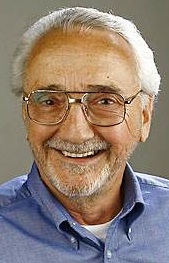 |
CHRIS CARLSON Carlson Chronicles |
One of the guiding principles for legislators and other elected officials is often summed up by the phrase “the greatest good for the greatest number.”
Elected officials are lobbied by a variety of special interests who seek advantage for their respective enterprise by seeing a law or regulation passed that will give them a competitive advantage although it is sold to lawmakers as increasing efficiency or a new and better way to generate tax revenue.
Lawmakers listen, deliberate and then say yeah or nay with the guiding thought of what is the greatest good for the greatest number.
Another guiding principle is the need for laws to protect the lives of people.
The first law of the social contract is that people band together to protect life, especially the weak, young, elderly, and disabled from the strong, the greedy, the selfish who exploit weakness wherever it is seen.
For Idahoans these two guiding principles should be kept in mind as the public is asked to comment in hearings before the Idaho Transportation Board on regulations needed for the implementation of a new law passed by the Legislature at the behest of Idaho Forest Group, Potlatch and Clearwater Paper to allow on north Idaho roads the weight of trucks to be increased from a limit of 106,000 pounds to 129,000 pounds.
Dear reader, this quite simply is not in the public interest nor would it be safe, especially in wintertime. It is a classic case of corporate interests rationalizing their desire to maximize their profits regardless of the increased risk to the driving public.
Look at a map of north Idaho and note the facilities owned by Idaho Forest Group. From Moyie Springs to Laclede to Grangeville to Lewiston, to Chilcoe, the firm, the result of a merger several years ago, has its mills in disparate locations. Someone, somewhere within the company no doubt did a study that showed if they could increase the weight of whatever they hauled between these facilities they could reduce operating expenses and make a few bucks more.
But at what price? Some critics cite the increased weight doing more damage to roads and bridges, but a ten year study in southern Idaho supposedly showed that not to be the case. That’s not really the issue, though. (more…)


